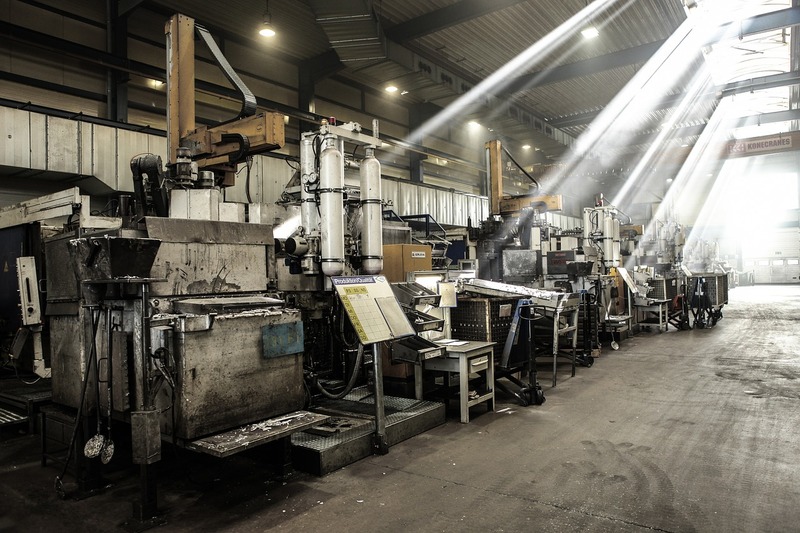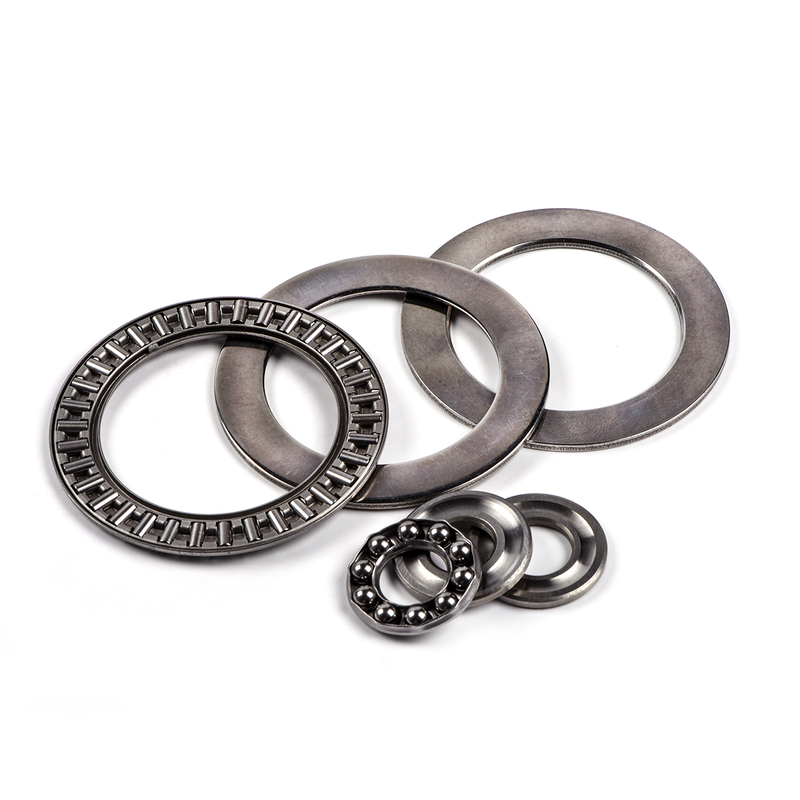Flat bearings
Flat bearings are essential components in a multitude of machinery and equipment across various industries. These unassuming yet highly effective devices provide crucial support, enabling smooth rotational or sliding motion. In this article, we'll explore the realm of flat bearings, uncovering their diverse applications, advantages, and why they are a preferred choice for engineers in many sectors.
Table of content
- 1.What is a Bearing Flat?
- 2.What are the advantages of Flat Bearings
- 3.What is the purpose of a flat bearing?
2.What are the advantages of Flat Bearings
Advantages of Flat Bearings
Flat bearings, with their simplicity, low maintenance requirements, and diverse material options, play a vital role in numerous industries, from automotive and industrial machinery to aerospace and healthcare. Their ability to reduce friction, support heavy loads, and ensure quiet operation makes them a preferred choice for engineers and designers worldwide.
(1). Simplicity
Flat bearings are straightforward in design, often consisting of just two components: a cylindrical bushing and a shaft. This simplicity makes them cost-effective and easy to install.
(2). Low Maintenance
Due to their self-lubricating properties and minimal moving parts, flat bearings typically require less maintenance than other bearing types.
(3). Quiet Operation
The low-friction design of flat bearings results in quiet and smooth operation, making them suitable for noise-sensitive applications.
(4). High Load Capacity
Depending on the material and design, flat bearings can handle significant radial or axial loads, making them versatile for various industries.
3.What is the purpose of a flat bearing?
Applications of Flat Bearings
 Flat bearings have a broad range of applications in different industries:
Flat bearings have a broad range of applications in different industries:

(1). Automotive
They are found in suspension systems, gearboxes, and engine components to reduce friction and facilitate smooth motion.

(2). Industrial Machinery
Flat bearings are used in conveyor systems, pumps, and rotating machinery, where they contribute to efficient operation and reduced downtime.

(3). Agriculture
These bearings are employed in agricultural machinery, including tractors and combine harvesters, for their load-bearing capabilities.

(4). Aerospace
In aircraft, flat bearings are used in landing gear systems and control surfaces, where precision and reliability are critical.

(5). Medical Equipment
The low friction and quiet operation of flat bearings make them suitable for medical devices such as imaging machines and robotic surgical systems.
Whether you're developing a cutting-edge medical device, enhancing industrial machinery, or seeking reliable components for automotive applications, flat bearings offer the versatility and efficiency required to meet your needs. Invest in the world of flat bearings, and unlock their potential to enhance the performance and longevity of your mechanical systems.
 Read more:
Read more:
The Essential Guide to Racing Bearings: Unleash Your Speed
Navigating the World of Industrial Bearings: A Comprehensive Guide Introduction

 INQUIRE NOW
INQUIRE NOW
GE50C%E4%B8%BB.jpg)
 INQUIRE NOW
INQUIRE NOW


 TOP
TOP